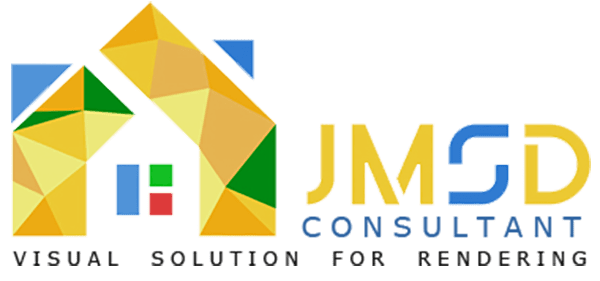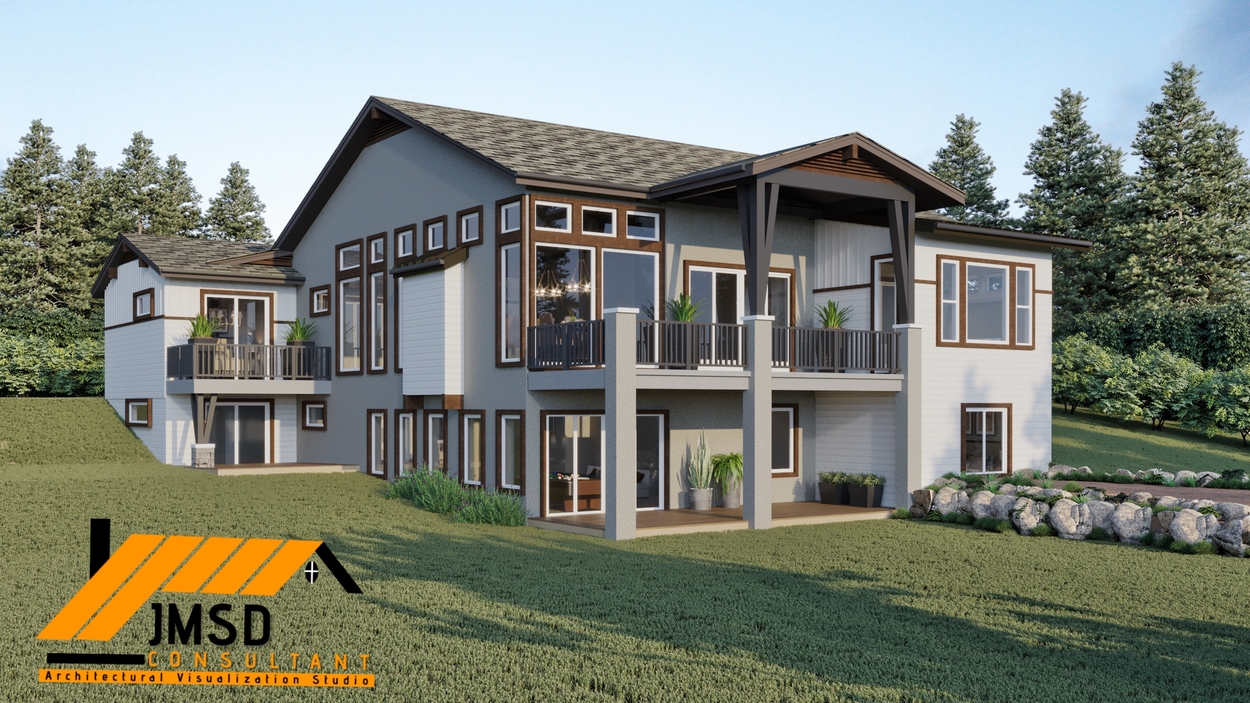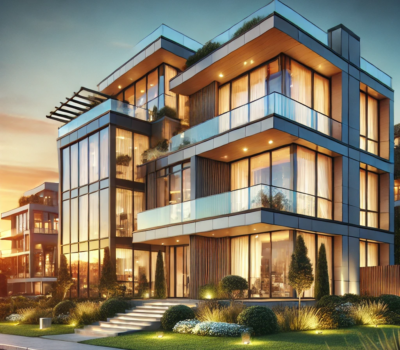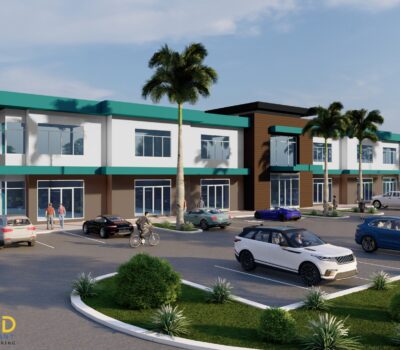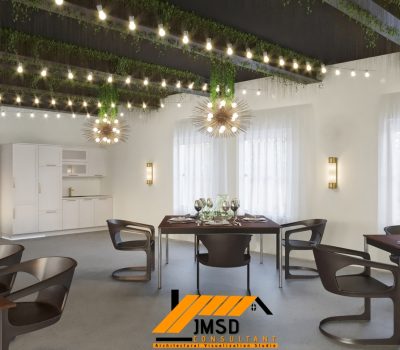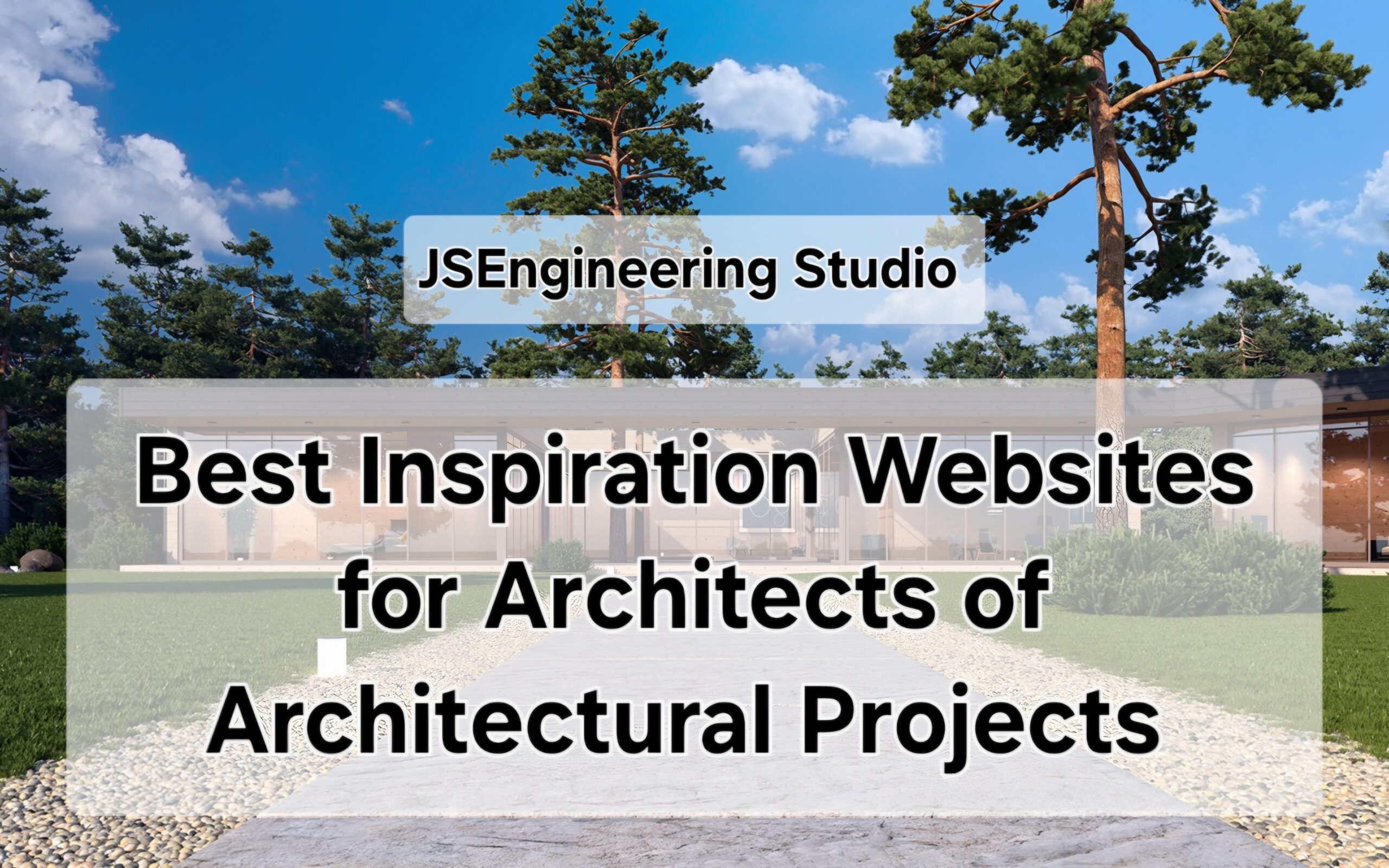In this digital age, architectural designs have evolved dramatically. One of the most significant advancements in this field is 3D Home Elevation Rendering Services. This technology offers architects, designers, and clients a powerful tool to bring their visions to life. In this article, we’ll explore the world of 3D elevation rendering and its applications, benefits, and how it’s revolutionizing the way we perceive architecture.
Introduction to 3D HOME ELEVATION RENDERING
What is 3D HOME ELEVATION RENDERING?
3D elevation rendering is the process of creating a three-dimensional representation of the exterior of a building or structure. It’s a powerful visual tool that provides a realistic view of how a project will look once completed. Unlike 2D drawings, 3D elevation rendering allows for a more immersive experience, making it easier for stakeholders to understand the final outcome.
How Does 3D HOME ELEVATION RENDERING Work?
This technique utilizes specialized software and hardware to convert architectural plans into lifelike 3D models. It takes into account various elements such as lighting, materials, textures, and landscapes, ensuring that the rendering closely resembles the actual site.
The Applications of 3D HOME ELEVATION RENDERING
Architectural Design
3D elevation rendering has become an integral part of architectural design. Architects can now present their concepts in a visually compelling way, helping clients to better visualize the end result.
Real Estate Marketing
In the competitive real estate market, 3D Home Rendering Services is a game-changer. It enables developers to showcase properties before they are even constructed, attracting potential buyers and investors.
Interior Design
This technology isn’t limited to 3D exteriors. Interior designers can use 3D elevation rendering to plan and visualize the interior layout, furniture, and decor.
Benefits of 3D HOME ELEVATION RENDERING
Realism and Accuracy
3D elevation rendering provides a high level of detail, making it possible to capture the subtle nuances of a design. This leads to more accurate representations, reducing the chances of surprises during the construction phase.
Cost-Effective
By allowing architects and designers to spot potential issues early on, 3D elevation rendering can save both time and money. It helps avoid costly modifications once construction is underway.
Enhanced Communication
Visualizing a project in 3D makes it easier for clients, contractors, and other stakeholders to comprehend the design. This enhances communication and ensures everyone is on the same page.
Revolutionizing Architectural Visualization
Breaking Boundaries
Traditional drawings and floor plans design and Rendering are limited in their ability to convey complex architectural ideas. 3D elevation rendering breaks these boundaries by providing a comprehensive and immersive view of the project.
Inspiring Creativity
Designers and architects are empowered to think outside the box and experiment with various design elements. This fosters creativity and innovation in the field.
Sustainability
With 3D elevation rendering, it’s easier to evaluate the environmental impact of a project. This encourages sustainable design and construction practices.
Conclusion
3D elevation rendering has undoubtedly transformed the way we perceive architectural designs. It’s not just a tool but a catalyst for innovation, efficiency, and improved communication within the industry. As this technology continues to evolve, the future of architecture looks more exciting than ever.
Contact us here for 3D Elevation Rendering services now!
Frequently Asked Questions (FAQs)
- What is the difference between 3D elevation rendering and traditional architectural drawings?
- How can 3D elevation rendering benefit the real estate industry?
- Is 3D elevation rendering only used for new construction projects?
- Does 3D elevation rendering require specialized software and equipment?
- How does 3D elevation rendering contribute to sustainability in architecture?
